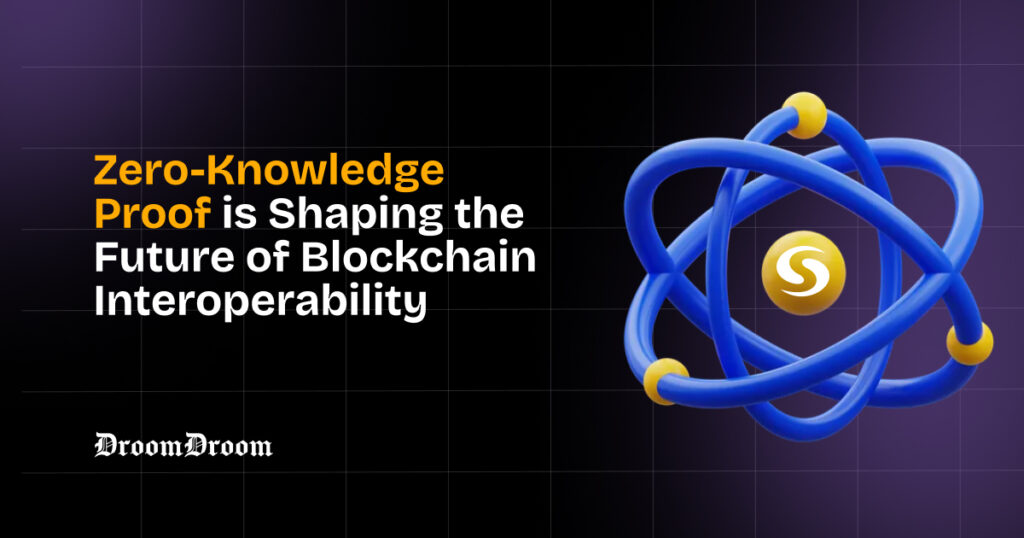Computing on Bitcoin #24
January 31, 2025 - Week 5
Hey everyone! A new edition of Fairgate Weekly is here to bring you the most updated and relevant news in the Disputable Computing scene.
Take a look, and have a great reading.
That's it for this edition of Fairgate Weekly! Don't forget to look for us in your mailbox each week to stay on top of the industry's latest news.
Thanks for reading!











